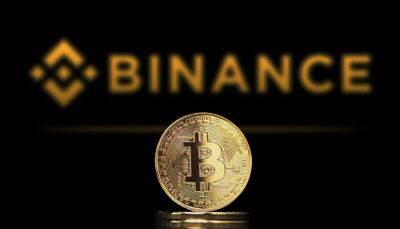A salmon tax: could Norway’s plan show the way to share the benefits of the seas?
Norway supplies more than half of the world’s farmed salmon – a whopping 1.5m tonnes last year. After fossil fuels, it is the country’s largest source of national income, and a hugely lucrative one: in 2022, operating profit margins for Norway’s salmon farmers were estimated at 45%.
Last September, the Norwegian government set out a proposal to raise taxes on the industry. Aimed at sharing the profits of one the country’s key resources, the idea was widely described as a “salmon tax”, and set at 40% (on top of 22% corporation tax).
Within hours, share prices for salmon firms plummeted, with the seafood index on the Oslo Stock Exchange dropping by 25%. Last week, however, the government proposed to press forward regardless, albeit lowering the provisional tax to 35%.
The finance ministry has insisted that the controversial levy is designed to ensure that coastal communities receive more of the “value created by fish farming”. Host municipalities will receive more for “schools, elderly care and other welfare services”, it said.
Defenders of the tax also see it as a way to reduce state reliance on the country’s oil and pension funds, and to offset the government’s increased spending on electricity subsidies amid Europe’s energy crisis.
Industry representatives, on the other hand, argue that the new levy will undermine price competitiveness and economic growth.
“A 35% ground rent will represent a tripling of the tax level for salmon companies,” Kristin Langeland, of the Norwegian Seafood Federation, said of the proposal.
“There have already been layoffs … and there will be less money for investment. The tax will damage Norway’s economy.”
Langeland claimed 40bn kroner (£3.1bn) of salmon-linked investments have been postponed or
Read more on theguardian.com
















